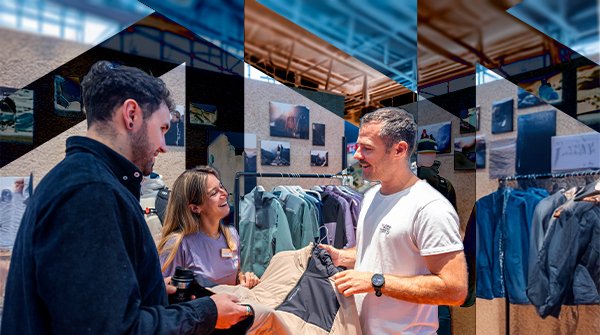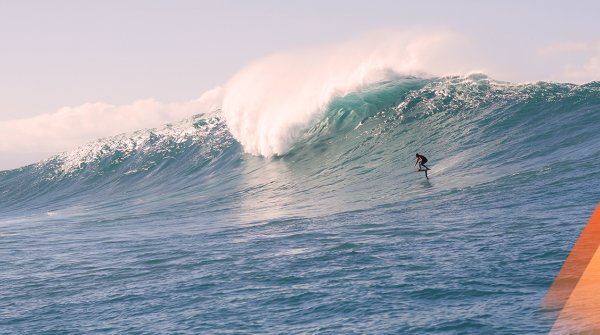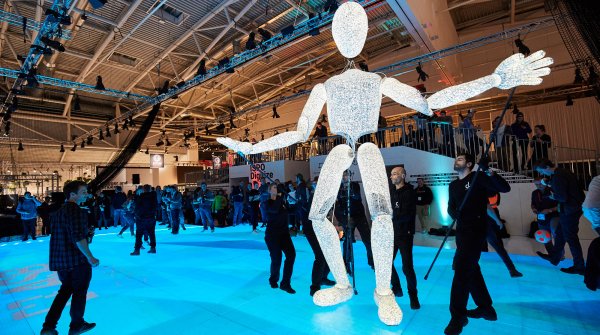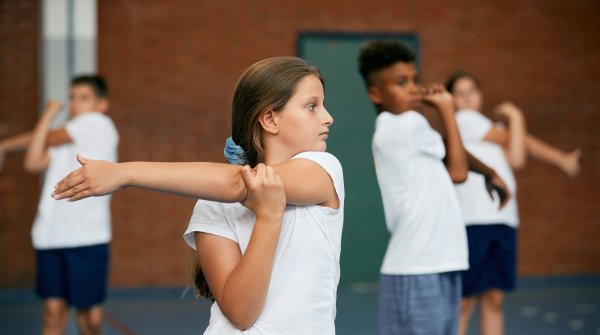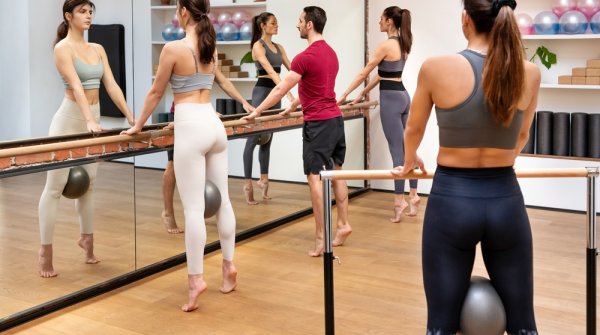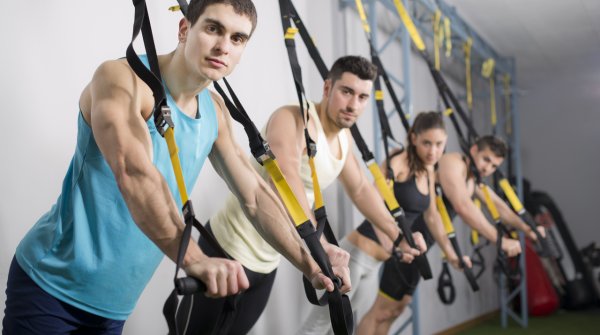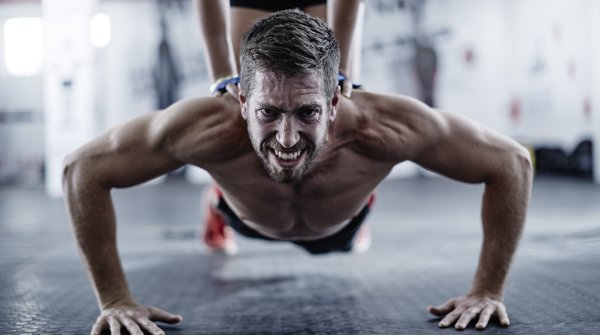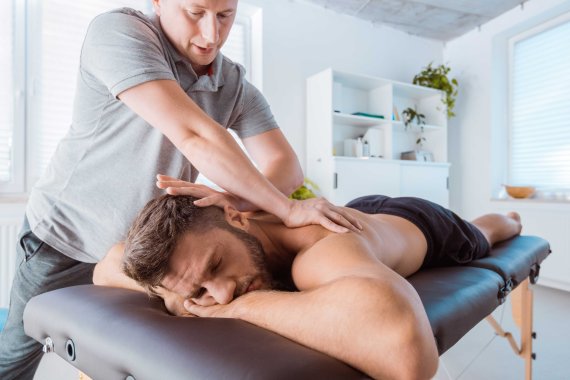
Take a shower and then put your feet up - while in the past this meant regeneration for many leisure and professional athletes, there are now much more effective methods of getting back on your feet a little faster.
We show the hottest and coolest trends in regeneration and reveal seven tips you need to know.
Regeneration does not necessarily mean resting and doing nothing - right after an intensive training session the body can already be shut down by "cool-down". This usually consists easy running, slow pulls on the rowing machine or classic stretching.
Mobility exercises can also help to make the recovery phase more effective. It is also advisable, if possible, to end the session with a sporting game that has nothing to do with everyday training. As a result, the body sets other stimuli and can better process what has been achieved.
An extremely effective method of cooling whole parts of the body or even the entire body is to use cooling chambers that reach temperatures of minus 60 degrees Celsius and below. This is because the strain on the body causes so-called microtraumas in the muscles, "that is, what you feel when your legs get heavy," as physiotherapist Erginer Simsek explained.
If these microtraumas are suddenly exposed to extreme cold, they are prevented from developing their full effect. In this way, sore muscles and injuries can be effectively prevented. The method also constricts the blood vessels with which the muscle reacts to the cold, and can therefore break down the lactate in the body more quickly.
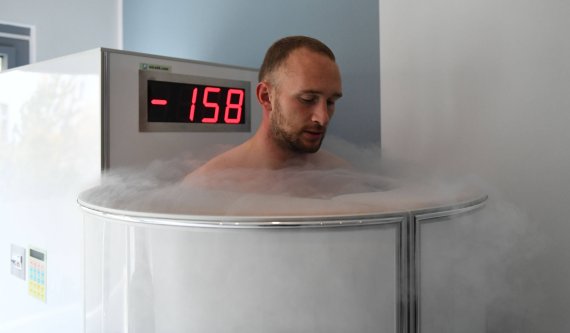
"Cold stimulates the circulation and the metabolic activity increases," said Erginer Simsek. "The tissue is replenished with micronutrients more quickly, which gives the athlete a feeling of recovery." But cold is not equal to cold. A bathtub filled with ice water cannot replace a cooler.
"Only temperatures of minus 100 degrees Celsius drastically reduce the body temperature," Simsek said. He also recommends using dry ice for cooling, because it doesn't melt as quickly and gives a much more pleasant feeling than wet cold.
A new method that accelerates lactate degradation and stimulates the metabolism is offered by so-called "Recovery Boots“. This is a pair of boots equipped with compressed air chambers that enclose the entire leg. These chambers then inflate, exerting pressure on the blood and lymphatic fluid in the leg.
This creates a kind of pressure wave that transports the blood to the centre of the body and boosts the metabolism. The intensity of the treatment can be regulated in various stages, and in the case of injuries, individual compressed air chambers can also be deactivated.
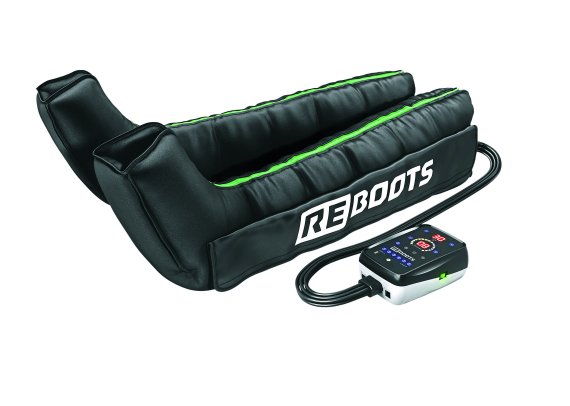
"Basically, these devices cannot really replace a real massage therapist," said Simsek. Because no matter how high the pressure in the compression boots, it is always applied to the leg area only. Here, the classic massage including lymphatic drainage offers a good change. "A physiotherapist always starts with drainage in the neck, on the cervical spine, and thus prepares the patient for full body treatment."
The compression treatment therefore creates a higher pressure on the body, but massage therapists can use their hands to target areas that the recovery boots, for example, cannot reach.
Exercise stress leads to damage to the muscles, which can be expressed as muscle pain, sore muscles or reduced strength. To optimize regeneration after physical exercise nutrition plays an important role. Through nutrition, the storage of energy used during training is replenished.
A protein intake of 20 to 25 grams directly after exercise can optimally stimulate protein synthesis. Eggs, meat, dairy products and also combinations of animal and vegetable foods such as potatoes and milk can help here.
It sounds like a truism, but: having fun while exercising also means faster regeneration! The outcome of a competition in particular is a decisive factor. According to various studies and statements of athletes, the endorphins accelerate the recovery process if the game went well.
To achieve this effect, however, it does not necessarily have to be a competition. Even amateur athletes who go to their maximum load limit during an evening jogging session feel better afterwards and regenerate faster.
- ISPO awards
- Mountain sports
- Bike
- Design
- Retail
- Fitness
- Health
- ISPO Job Market
- ISPO Munich
- ISPO Shanghai
- Running
- Brands
- Sustainability
- Olympia
- OutDoor
- Promotion
- Sports Business
- ISPO Textrends
- Triathlon
- Water sports
- Winter sports
- eSports
- SportsTech
- OutDoor by ISPO
- Heroes
- Transformation
- Sport Fashion
- Urban Culture
- Challenges of a CEO
- Trade fairs
- Sports
- Find the Balance
- Product reviews
- Newsletter Exclusive Area
- Magazine

